Why is it important to monitor your plants and perform soil analysis?
Hey, my gardener and small farmer friends, how are you?
Well as I mentioned before and in other posts I am already in very advanced semesters of my career as an Agronomist Engineer, and the truth is that this last subjects have pleased me a lot in the professional field.
This is because we went to a pineapple farm, where the planting density is approximately 50 hectares, however this was planned to take to 200 hectares.
Our work here was to carry out first of all a monitoring of the area, to know which are the insect pests that can affect the plants at a certain stage, in addition to that a soil analysis to know what type of soil we had present and the amount of nutrients that can contribute to the new plants, in order to create a fertilization program based on that.

First of all the soil analysis.
The first thing was to determine in the field the type of soil, previously seen in theory classes we knew that the color was indicative of clays, however the horizons above were sandy, we wanted to show if all the soil was uniform and also if it was possible the amount of sand-silt and clay present.
The technique used was 100x100mt quadrats to collect 28 joint samples in that terrain.
But in these quadrants we made measurements of 20mt, and in each one of the points we made texture analysis, that is to say to make balls with samples, to make touch test and tape to determine the presence of clays and sand in given case.
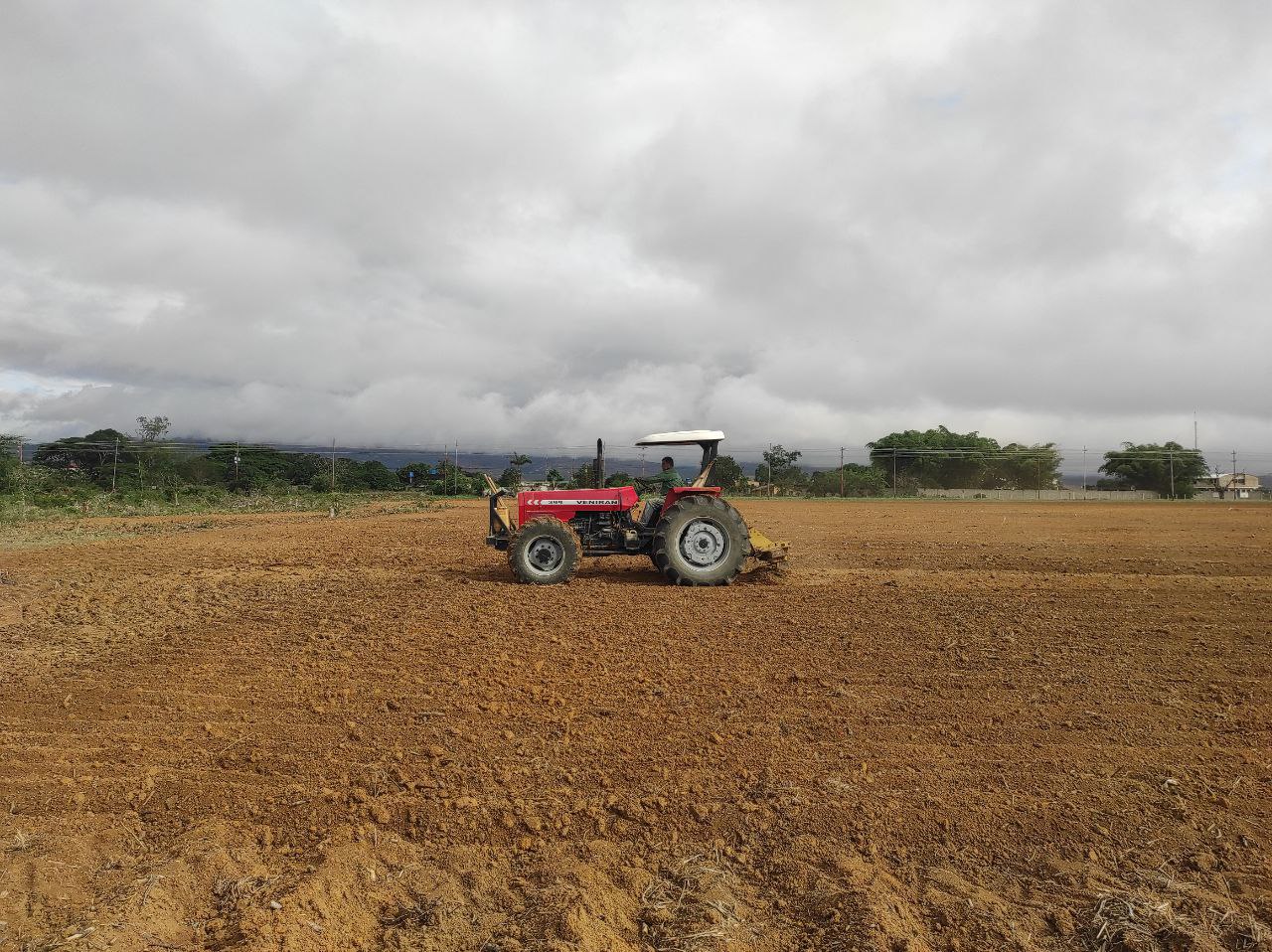
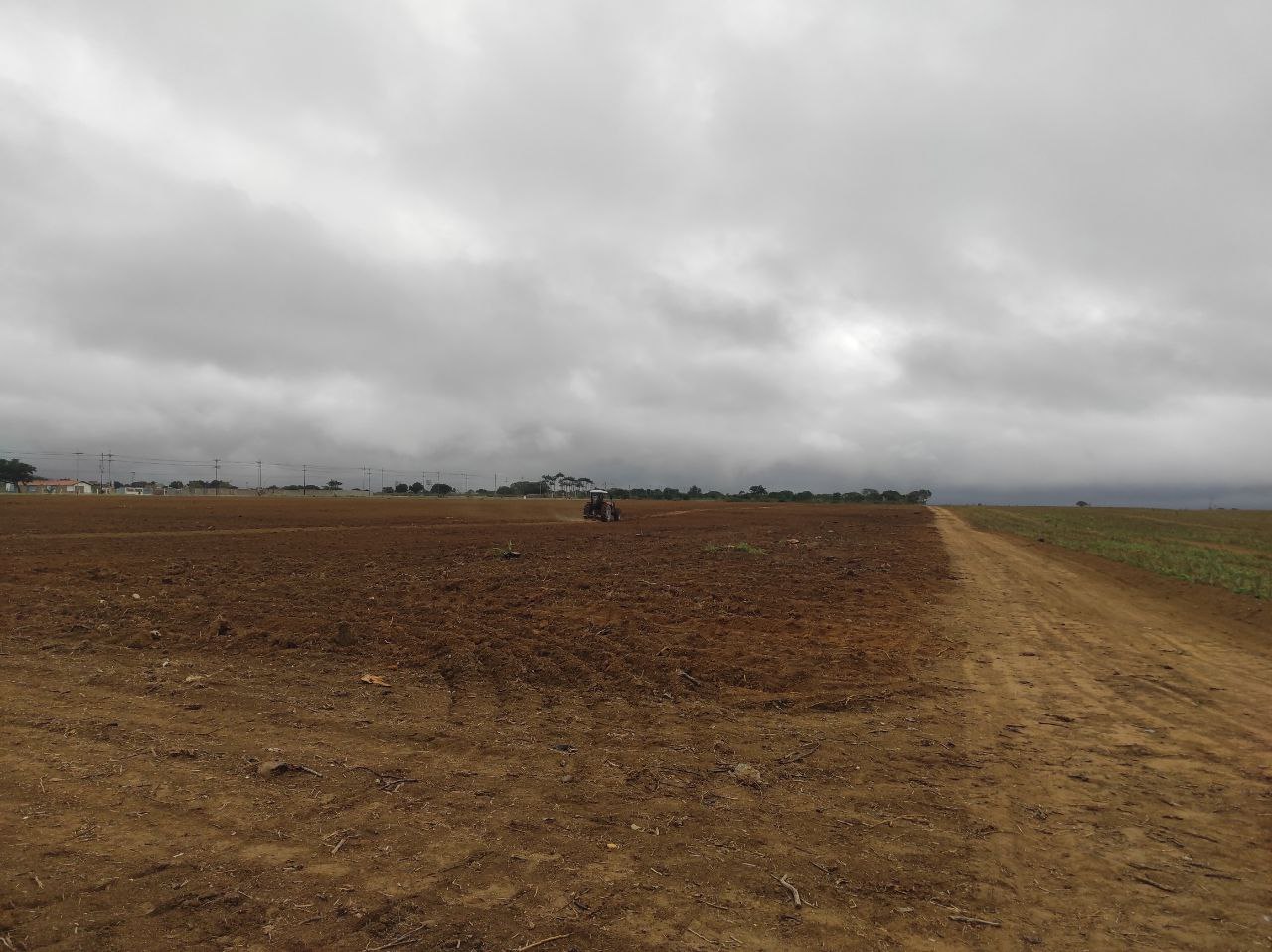
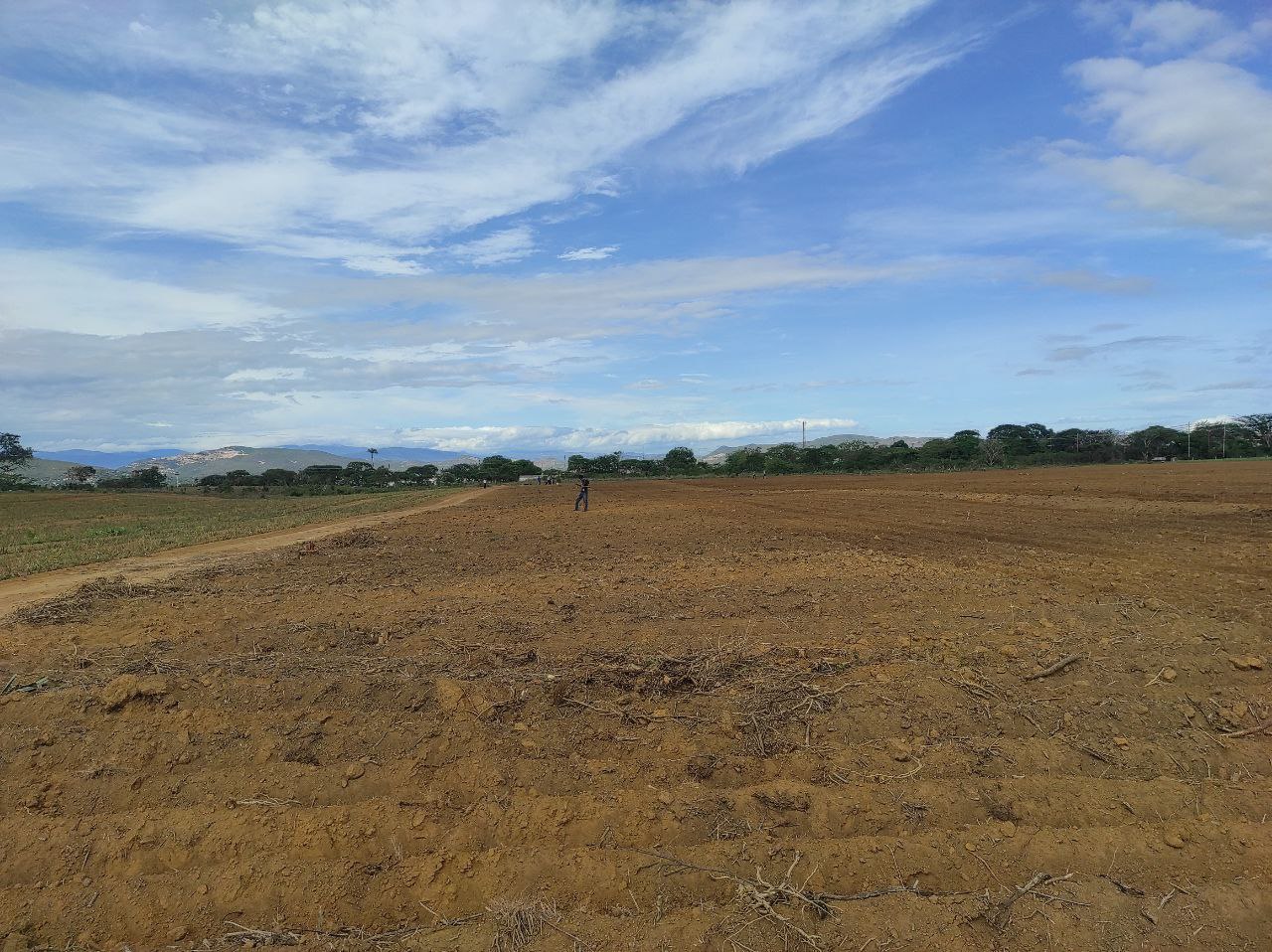
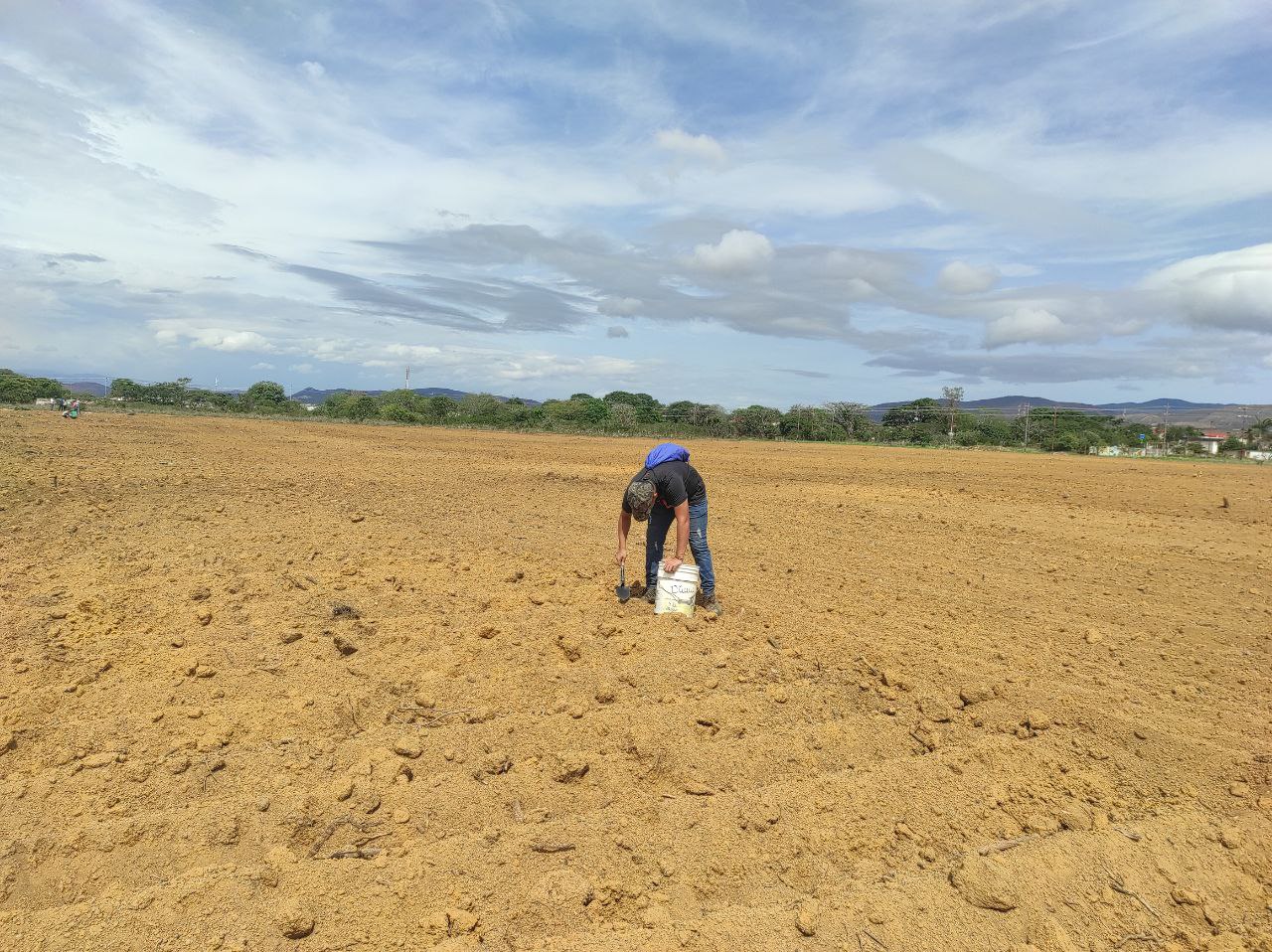
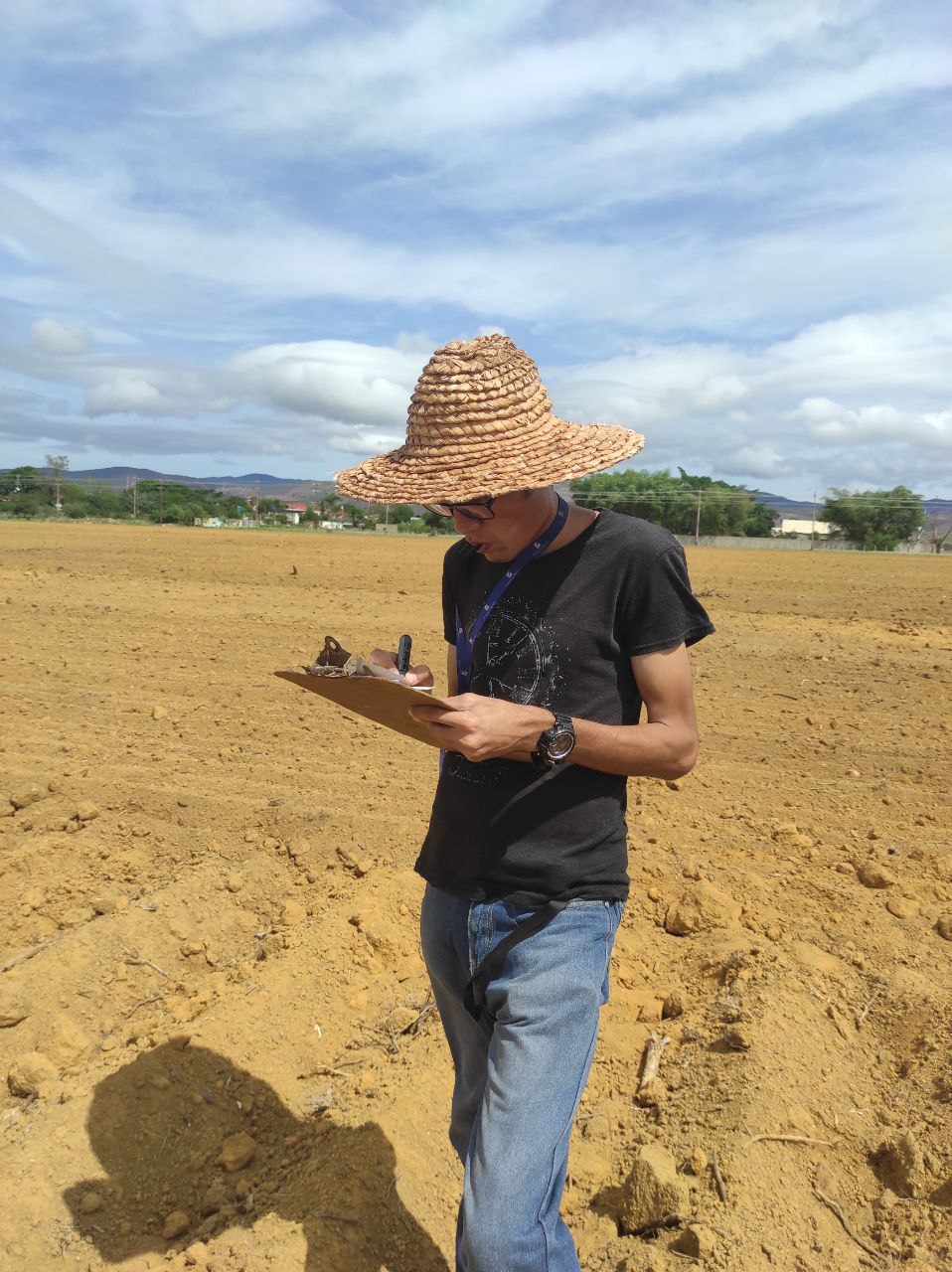
What was the result?
The simple field result showed that they were indeed sandy-clay soils, however it was not uniform throughout the land, one part had more sand and the other more clay.
In addition, a test with a sweeper in a part of the land not disturbed by the tractor also showed us that the soils were too clayey, to such an extent that after 28 cm the device was impossible to penetrate, so that the tractor in the clayey part of the land had to use more force and work because the hooks did not penetrate enough into the ground and this could generate drainage problems and poor aeration later.
We would be in the presence of an Aridisol soil, also due to the geographical and climatic characteristics of the place.
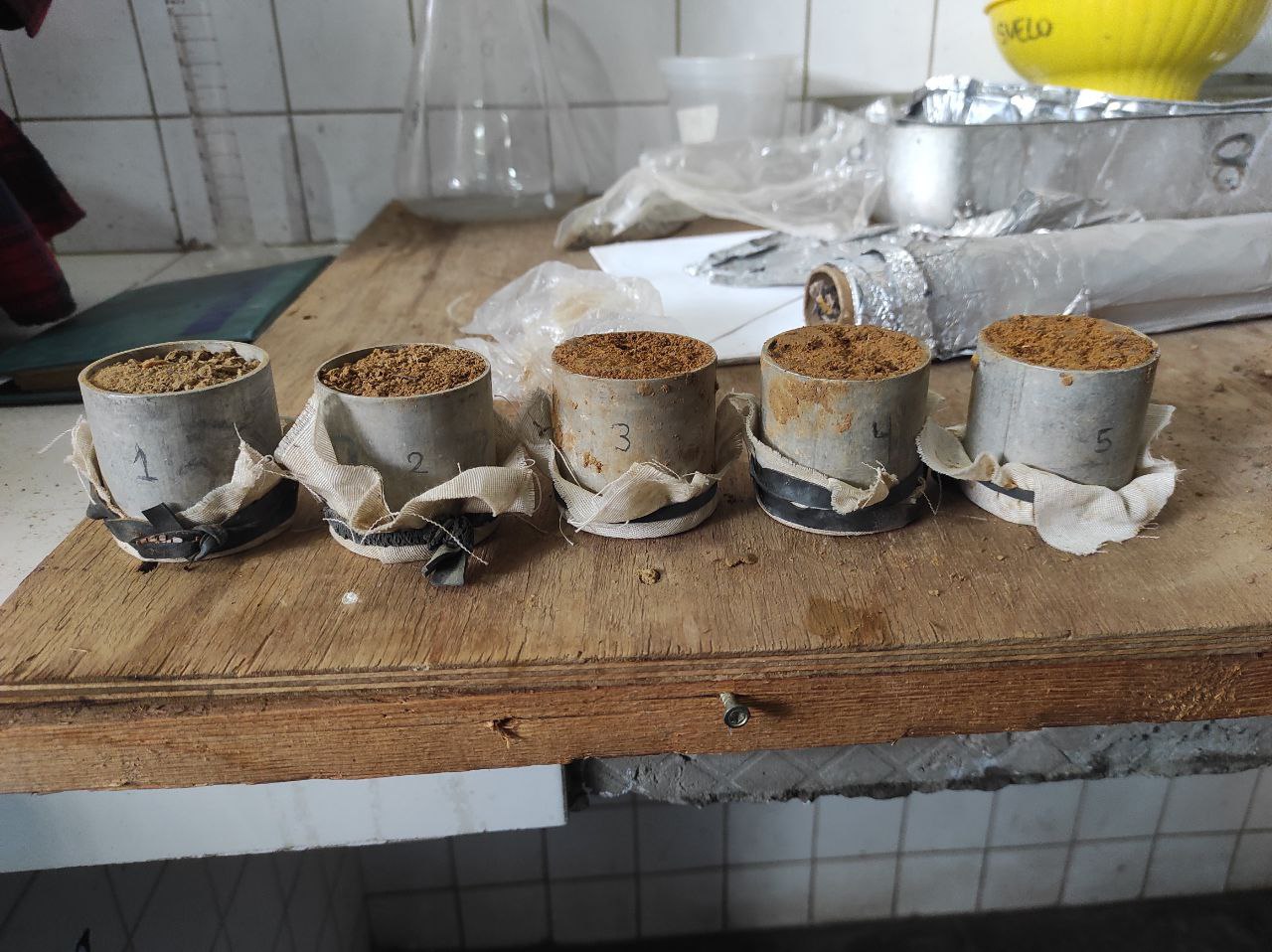

Secondly, monitoring for pests.
Although the area has a semi-arid climate and the vegetation is typical of the area, pineapple is a crop that was established here more than 3 decades ago, so there are insect pests in the sector that are not observed elsewhere, some of which are very specific to the crop, such as the pineapple weevil.
Therefore it is important to monitor the crop at random to determine when to apply a control, a clear example is that we walked a little and noticed the presence of mealybugs in some plants, this means that it is starting.
Another simple monitoring we did was to see the number of plants that need to be replanted, that is, to exchange one that is not going to survive the conditions.
We reported this to the technician in charge and the truth is that he was not aware of it.
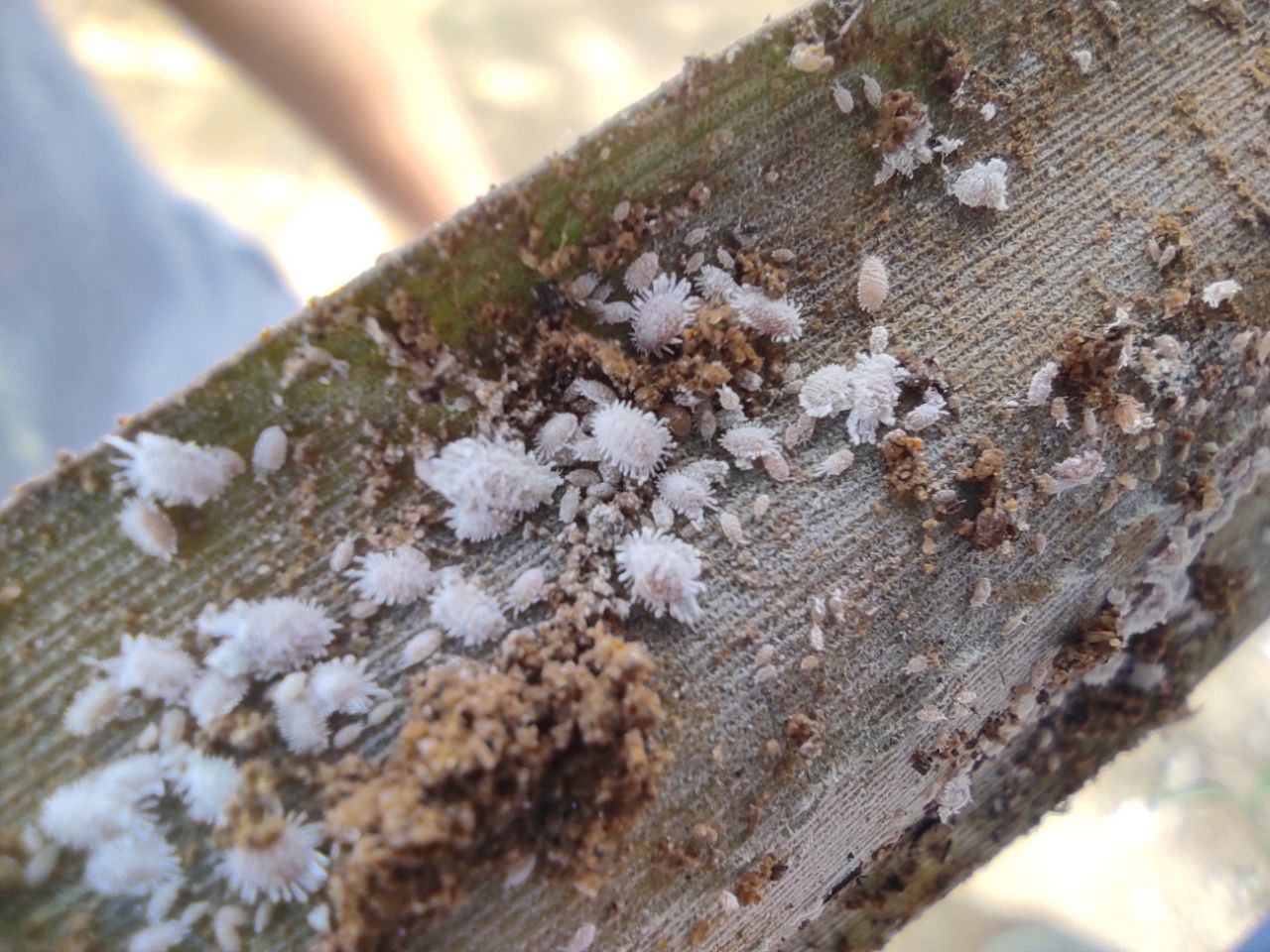
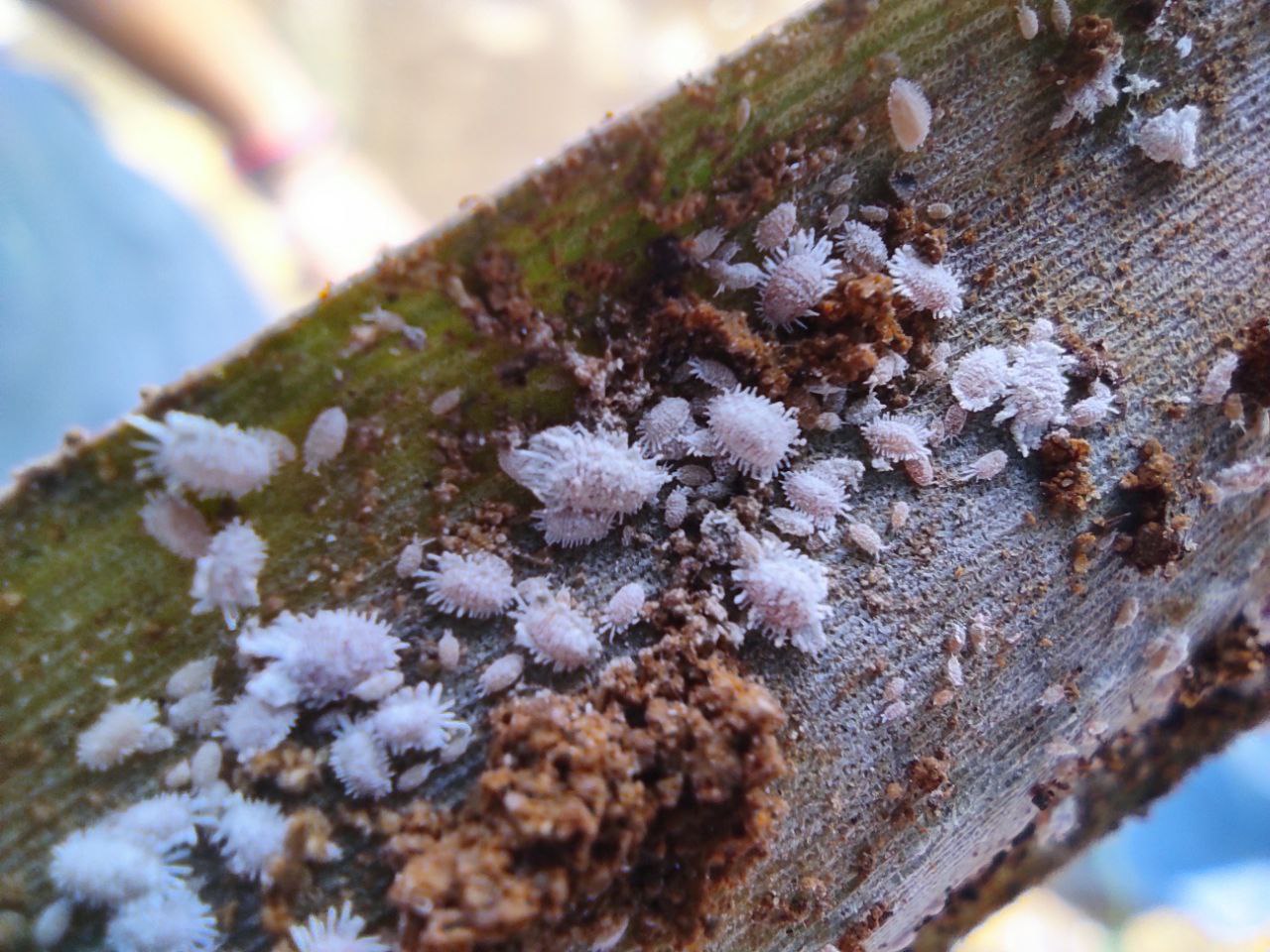
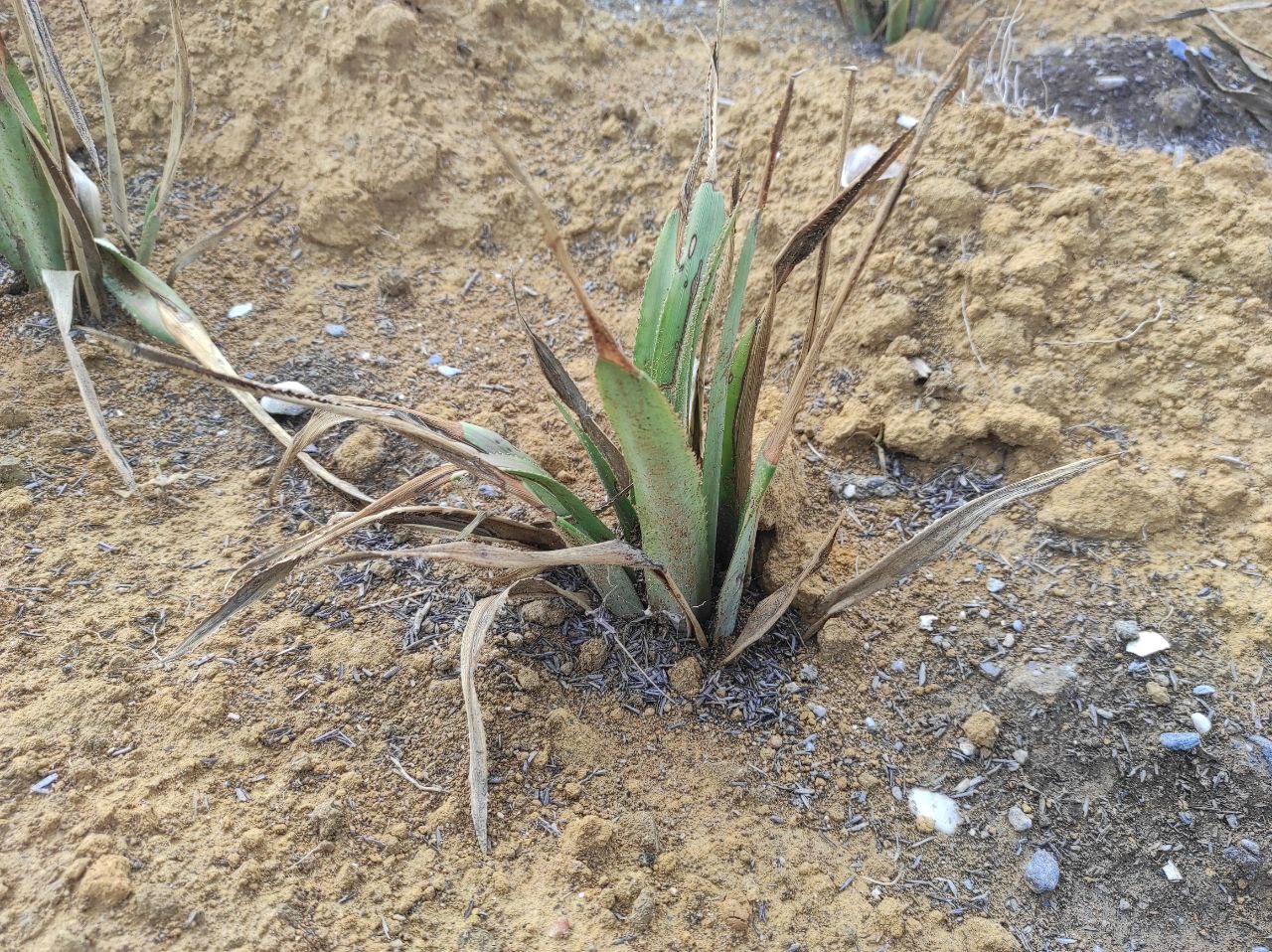
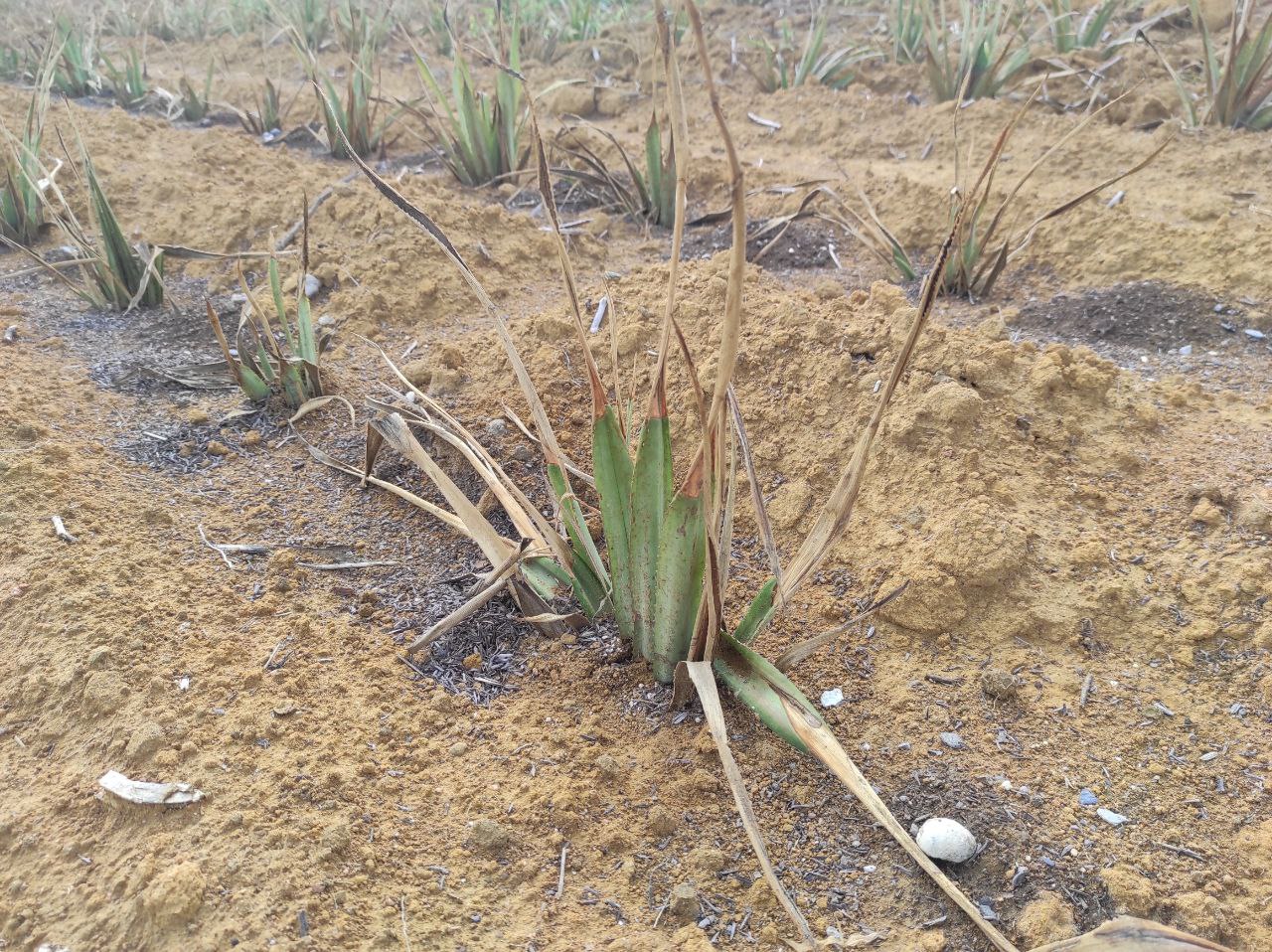


Finally, we tested the pH and reaction to carbonates present, to determine if a liming should be done or if the soil is suitable for agricultural work with this crop.
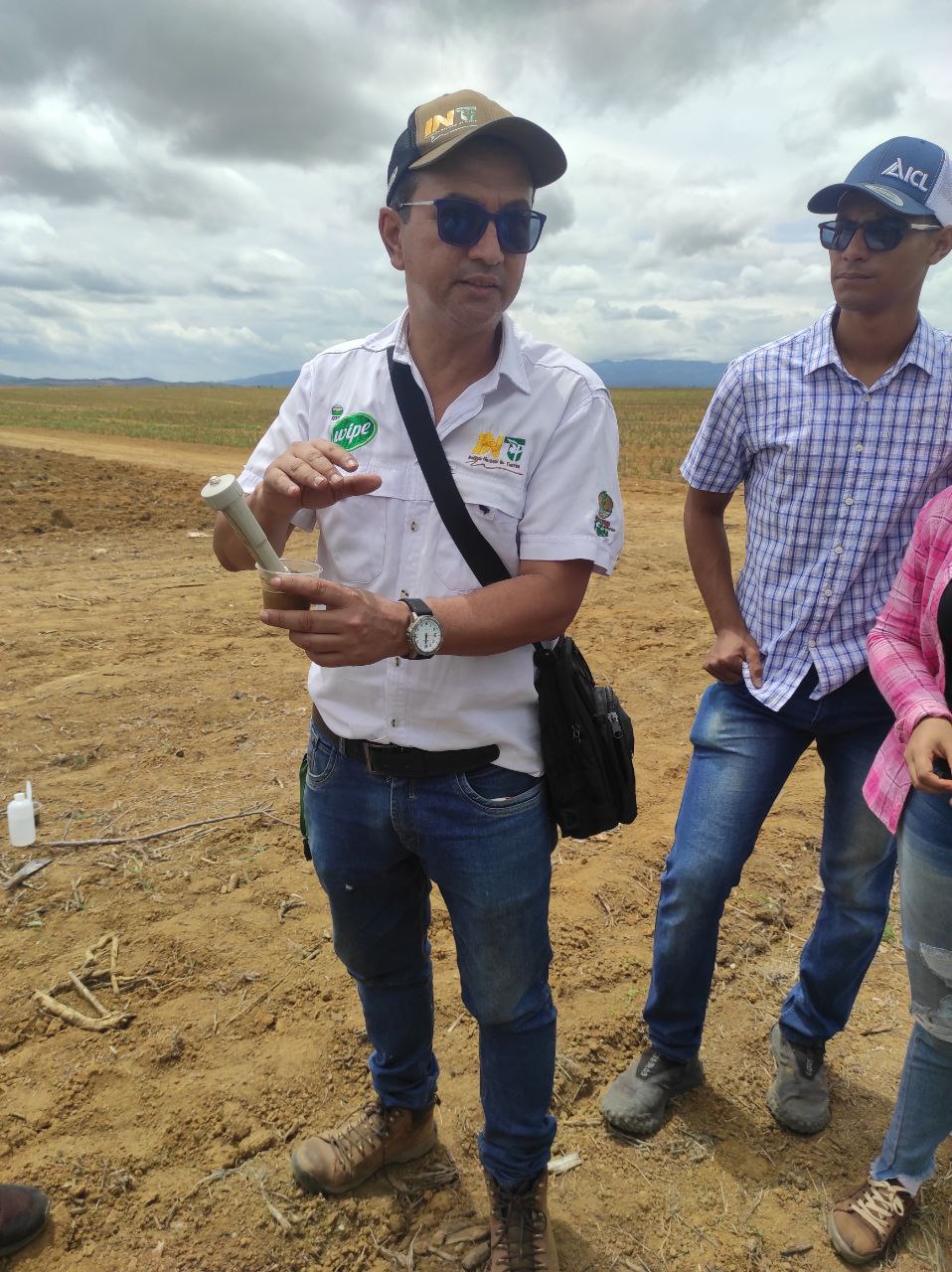
In conclusion:
It is really important first to know the type of soil in which you are going to work, as I mentioned to know if you need a fertilization plan since the soil does not cover the basic requirements of the crop (It happens in most cases), also the pH level since many crops can not complete their cycles in very acidic soils, although these soils are acidic and this variety of pineapple is already adapted to such soils, it is so much that the pineapple has a very pleasant sour taste compared to the Golden variety which is much sweeter.
It is also important to monitor the area to know the presence of pests that may affect us and also the crop to know when to control, these small data will save us a lot of money in the future and avoid working at cost.
The recommendation for this farm was to apply the compost (Fertipollo) integrated to the soil, as they did it burned the plants a little, since it was not treated before.
Apply DAP (di-ammonium phosphate) in the early weeks of the crop and other recommendations that the professor made due to the results that the samples in the laboratory would show later.

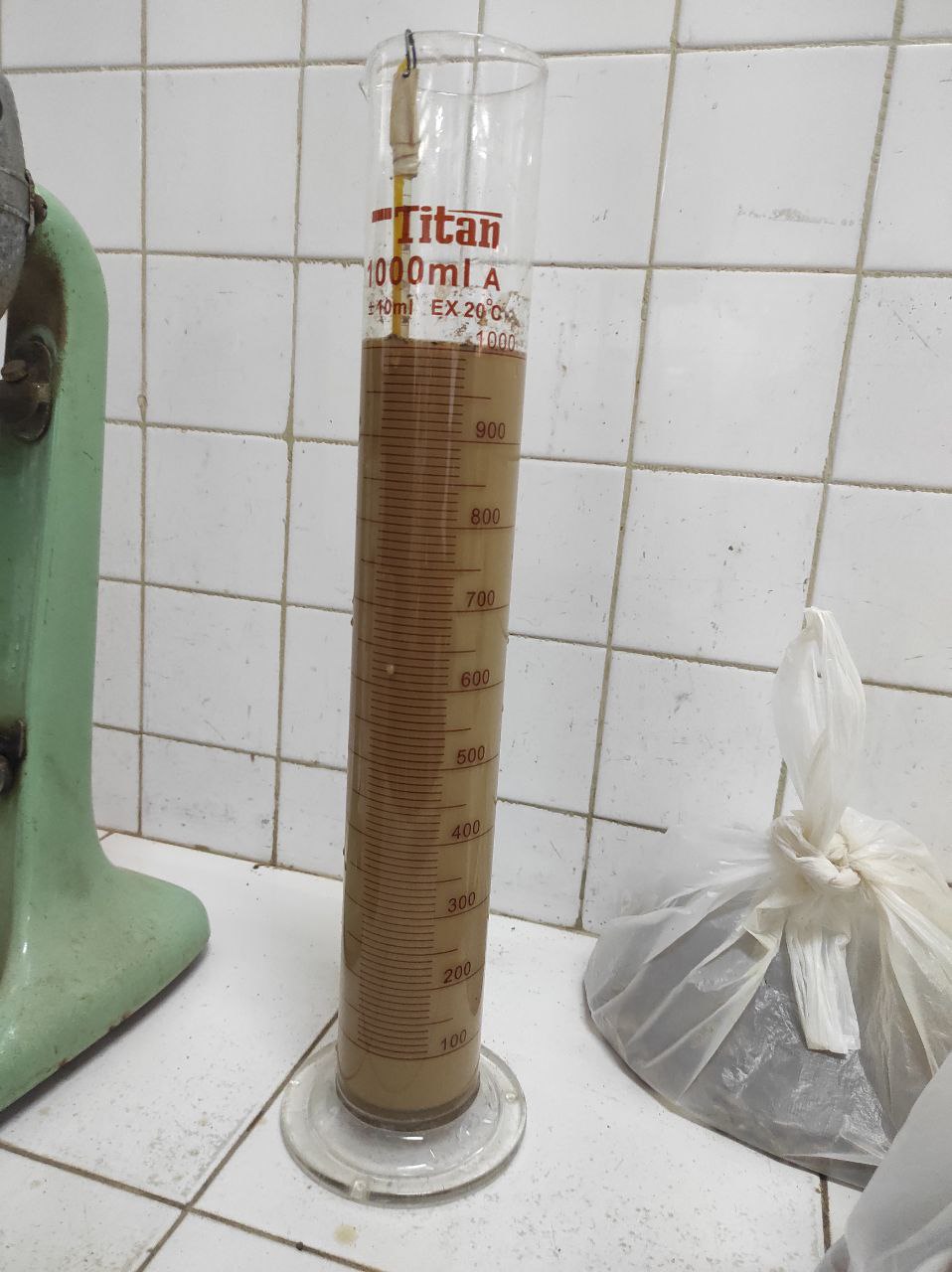
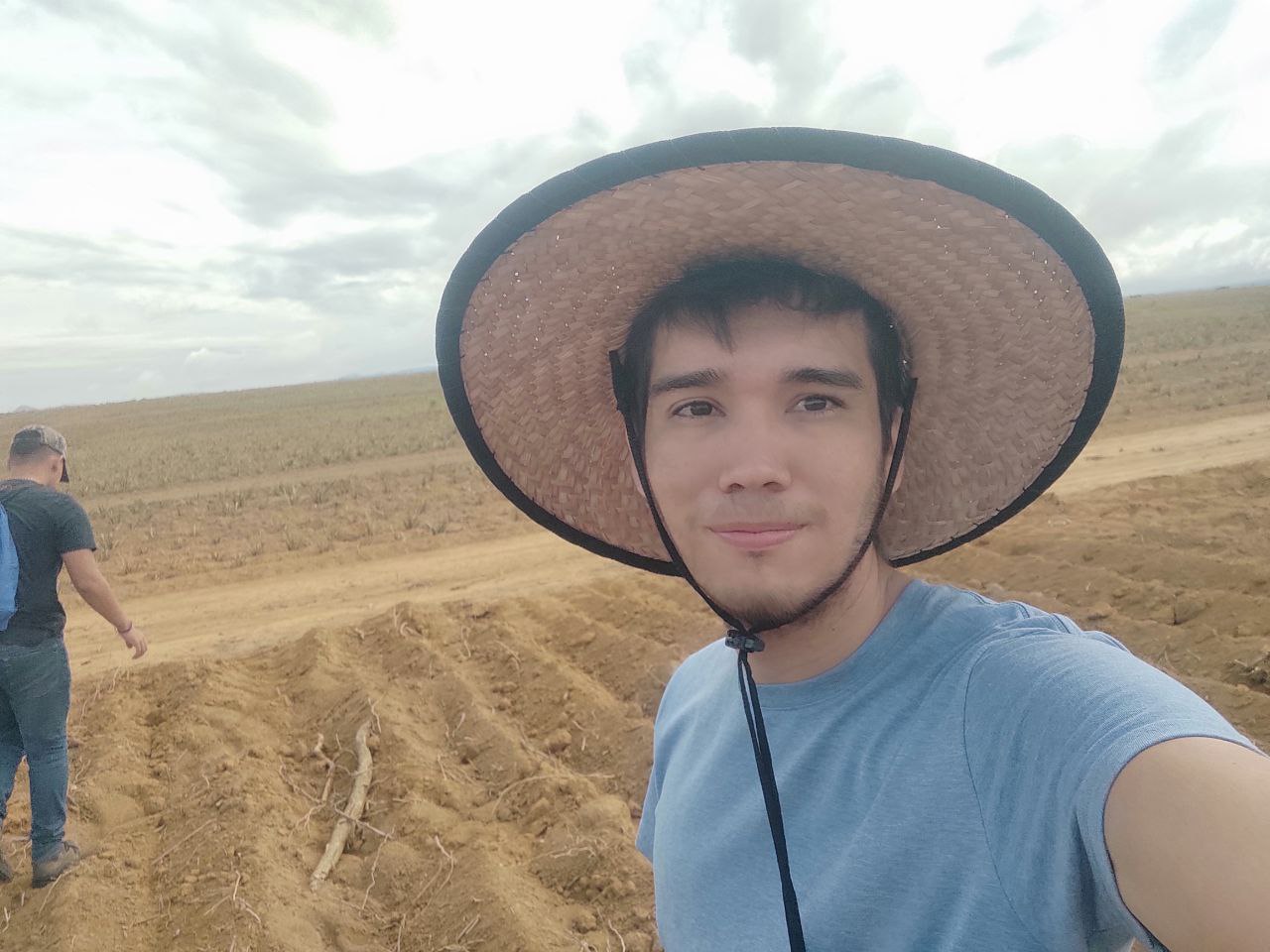
See you next time.
Congratulations, your post has been curated by @dsc-r2cornell. You can use the tag #R2cornell. Also, find us on Discord
Felicitaciones, su publicación ha sido votada por @ dsc-r2cornell. Puedes usar el tag #R2cornell. También, nos puedes encontrar en Discord